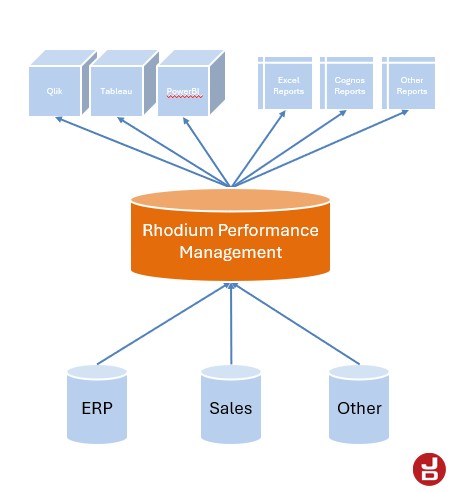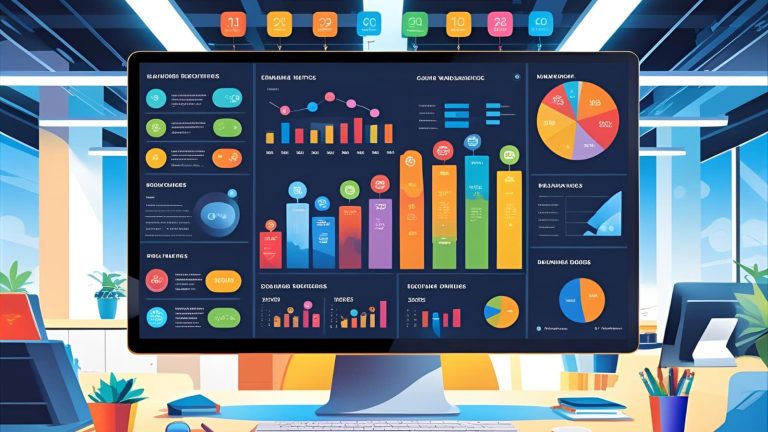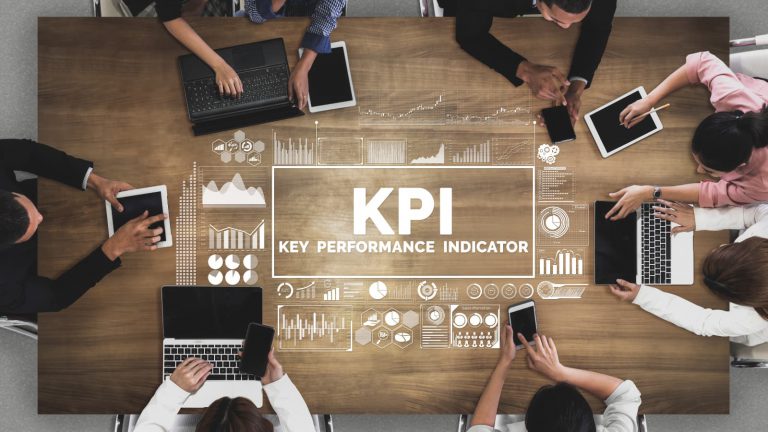In fast-moving business environments, reporting tools change, data sources evolve, and software vendors come and go. Maintaining tool-independent KPI definitions is essential, as your KPIs—the core metrics you use to measure performance—should remain consistent and trusted through it all.
So why are KPI definitions often tightly coupled to a single tool, team, or spreadsheet?
The Problem: Tool-Centric Logic Kills Scalability
Many organizations define KPI logic inside the tools used to report or visualize them—Excel formulas, semantic layers, dashboards, SQL views. This works at first, but quickly becomes fragile:
- Changes break dependencies
- Definitions vary by team or tool
- Onboarding new platforms requires re-engineering logic from scratch
When KPI definitions live inside tools, they don’t scale.
The Solution: A Tool-Independent Logic Layer
Rhodium Performance Management™ (RhPM) changes this by externalizing KPI definitions into a tool-independent metadata layer—what we call a native corporate software asset.

This gives you:
- A single definition of truth for each KPI
- Decoupling of business logic from modeling, reporting, and analytics tools
- The freedom to change platforms without redefining everything
Whether your KPIs feed a dashboard, a scorecard, or a machine learning pipeline—RhPM keeps them consistent, portable, and trusted.
Built for Scale, by Design
Because RhPM stores KPIs as metadata, you can:
- Start with Excel or flat files and later connect to ERP or warehouse sources
- Measure components are templatized, not hard-coded
- Explicitly manage dependencies and rollups (e.g., rolling averages, period-over-period comparisons)
- Track the lineage and reconstitute constituent data when needed
This approach gives your KPIs durability, flexibility, and governance—critical for enterprises scaling across tools, teams, and initiatives.
A Strategic Asset for the Long Term
By managing performance metrics independently, you:
- Increase cross-departmental trust
- Gain vendor leverage and tool-switch flexibility
- Enable scorecard delegation, accountability, and secure access control
In short, you stop reinventing the wheel and start building an enterprise performance system that actually scales.
→ Ready to decouple your KPIs from your tools? Explore RhPM or request a demo.





